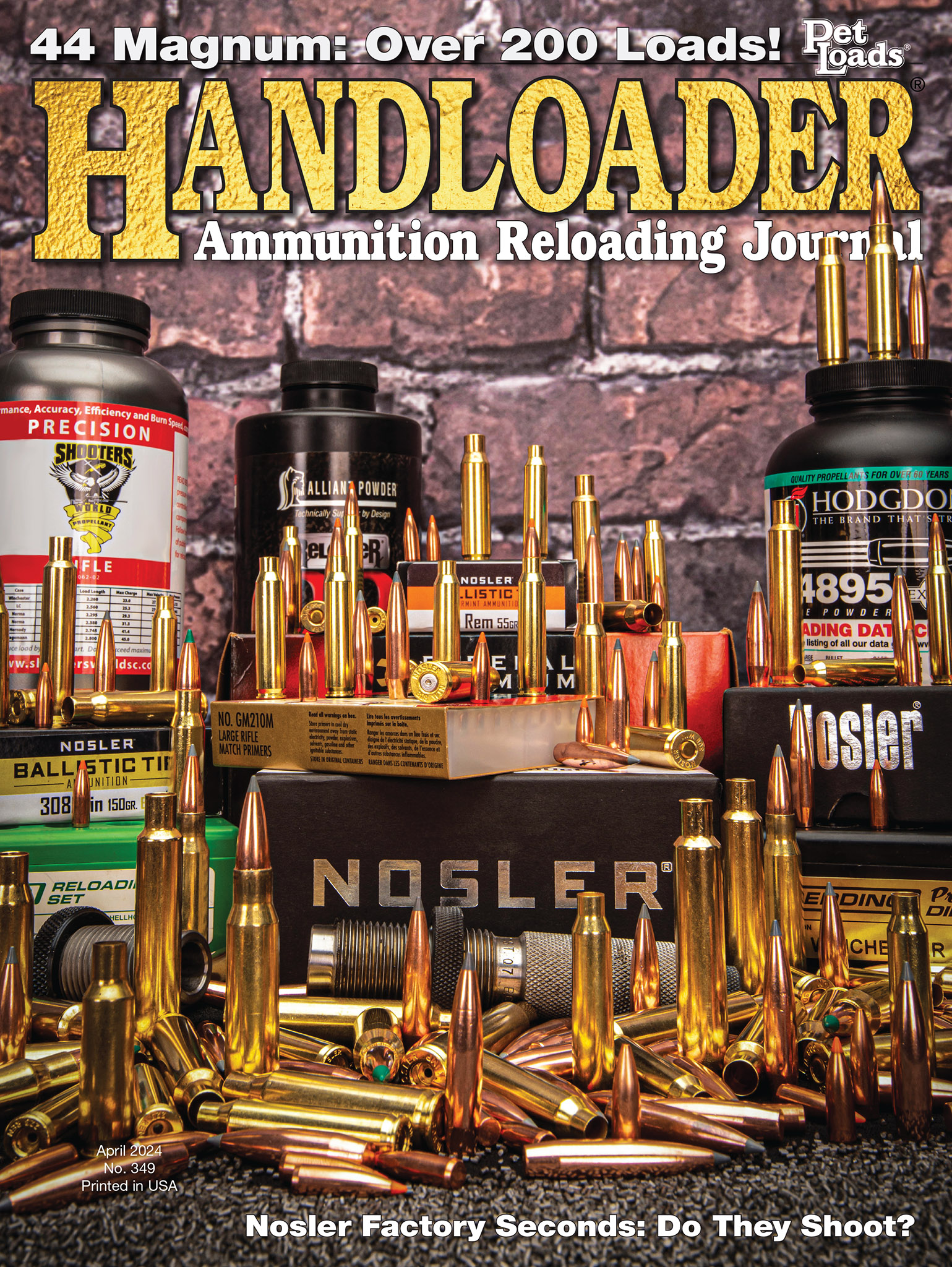460 Smith & Wesson Magnum
Handloading the World’s Fastest Revolver Cartridge
feature By: Patrick Meitin | April, 24
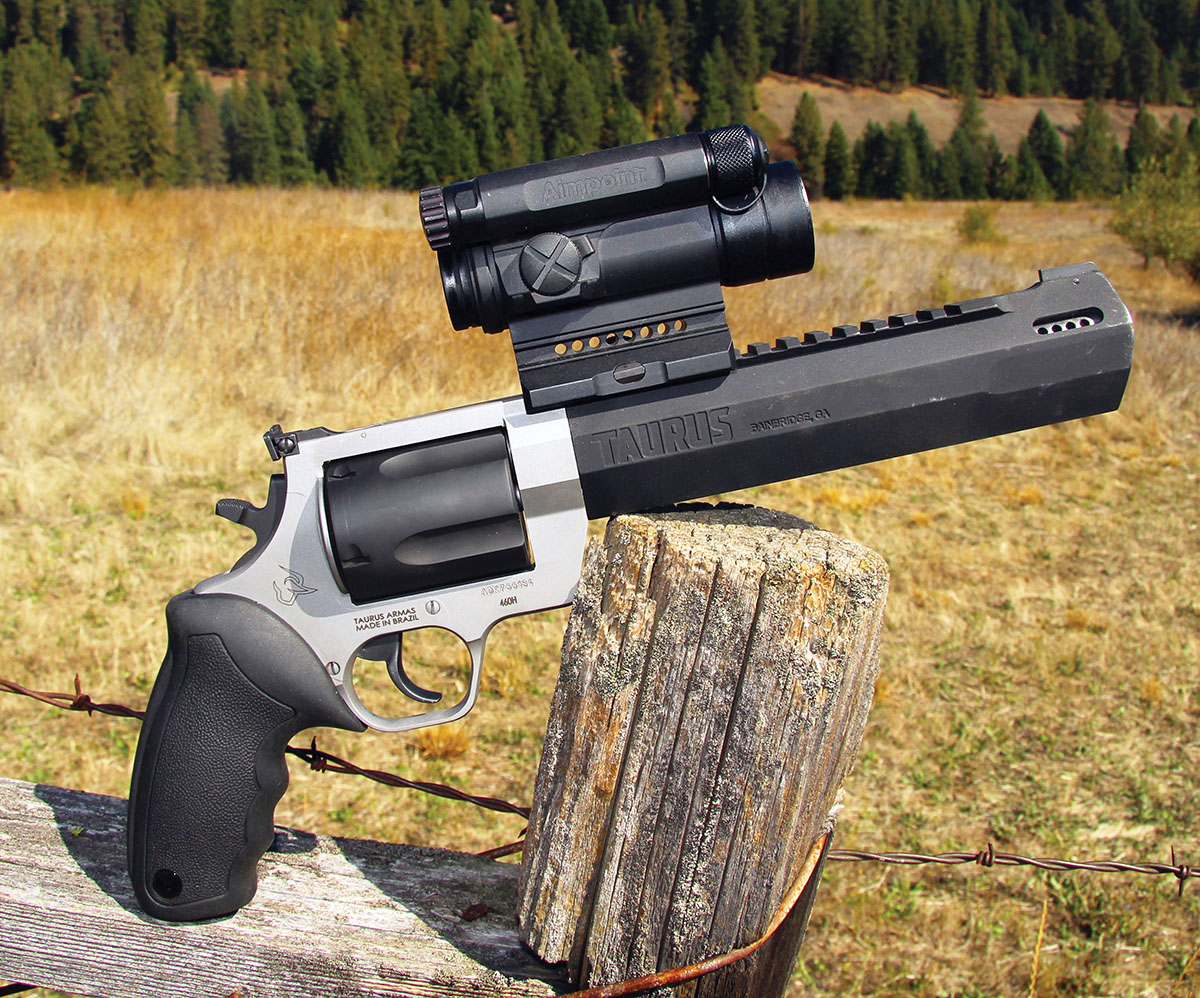
Sitting on a lonely southeast Alaskan lakeshore awaiting floatplane pickup after a successful brown bear hunt, my longtime friend and Alaska resident, Tom Drumme, invited me to burn a couple boxes of Smith & Wesson (S&W) factory 460 Magnum loads. The heavy, scope-equipped S&W revolver had served in faithful tow as backup to the .54-caliber muzzleloader Tom carried and the recurve bow I hunted with. Tom needed loose brass to handload some Swift A-Frame hollowpoint bullets better suited to Sitka blacktail deer and caribou – opposed to the heavy “Mono-Metal Lead-Free” factory loads on hand.
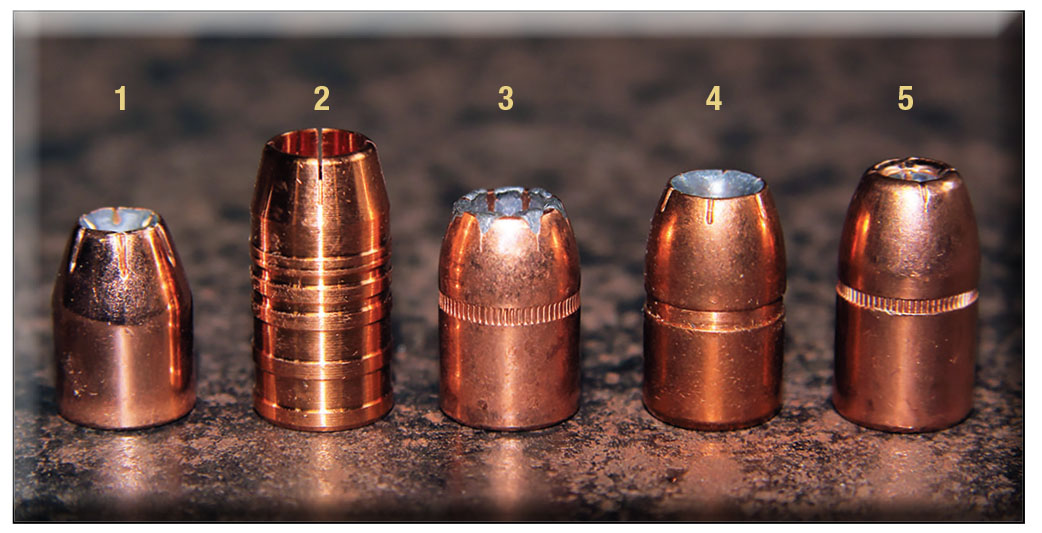
So, I sat on that soggy shore, shooting passing clumps of vegetative flotsam moving off the lake and down the outlet river where we’d been catching dinner for some days. I started tentatively, anticipating the mighty recoil of the huge cartridge. But only a couple rounds were necessary to overcome that intimidation, the considerable heft of the S&W revolver combined with muzzle-brake slots making recoil fairly tolerable, though muzzle blast was absolutely fearsome. Doubling-up on hearing protection is advised.
That’s not to say the 460’s recoil isn’t substantial, as it easily rivals the infamous 44 Magnum.
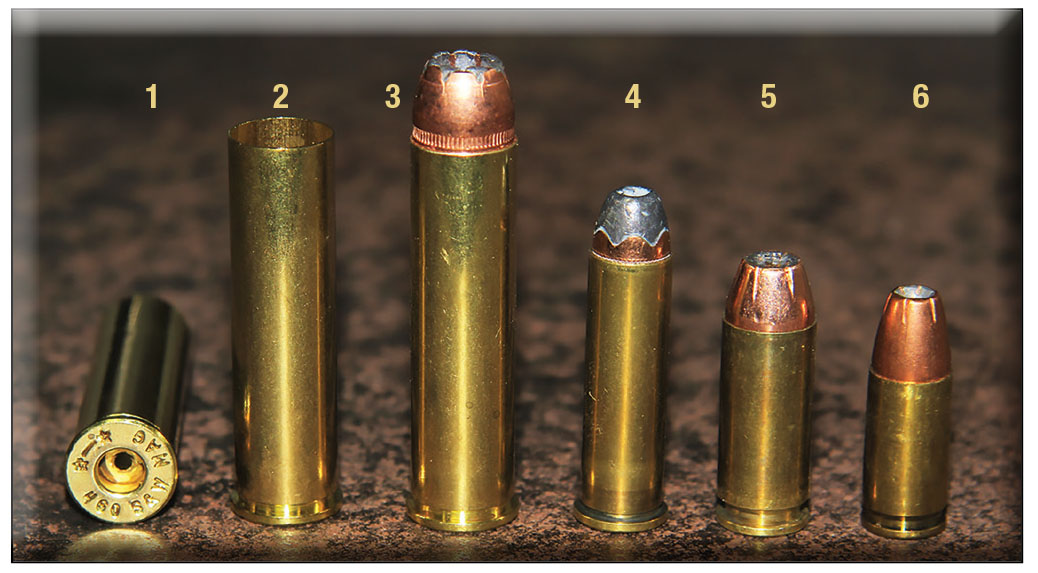
The revolver also proved amazingly accurate, blasting one green glob after another, until I reached maybe 150 yards with surprising precision. Though carried as backup on that dangerous game hunt, it was easy to see the cartridge would make a welcomed big-game round, in a package much easier to tote than even a sling-equipped mountain rifle.
Introduced in the hefty Smith & Wesson X-Frame revolver in 2005, close on the heels of the 500 S&W, the 460 S&W became the world’s fastest production revolver cartridge. The 460 S&W is compatible with .452-caliber bullets (like the 45 Colt and 450 Bushmaster; the 45 Auto using .451-inch bullets) weighing from 200 to 300 grains and pushed to around 2,000 feet per second (fps) from a pistol barrel. Slightly smaller .451-inch bullets can be used. This makes the 460 S&W suitable for cleanly taking big game such as pronghorn, deer, black bears or large hogs, and likely even elk at intimate black timber ranges.
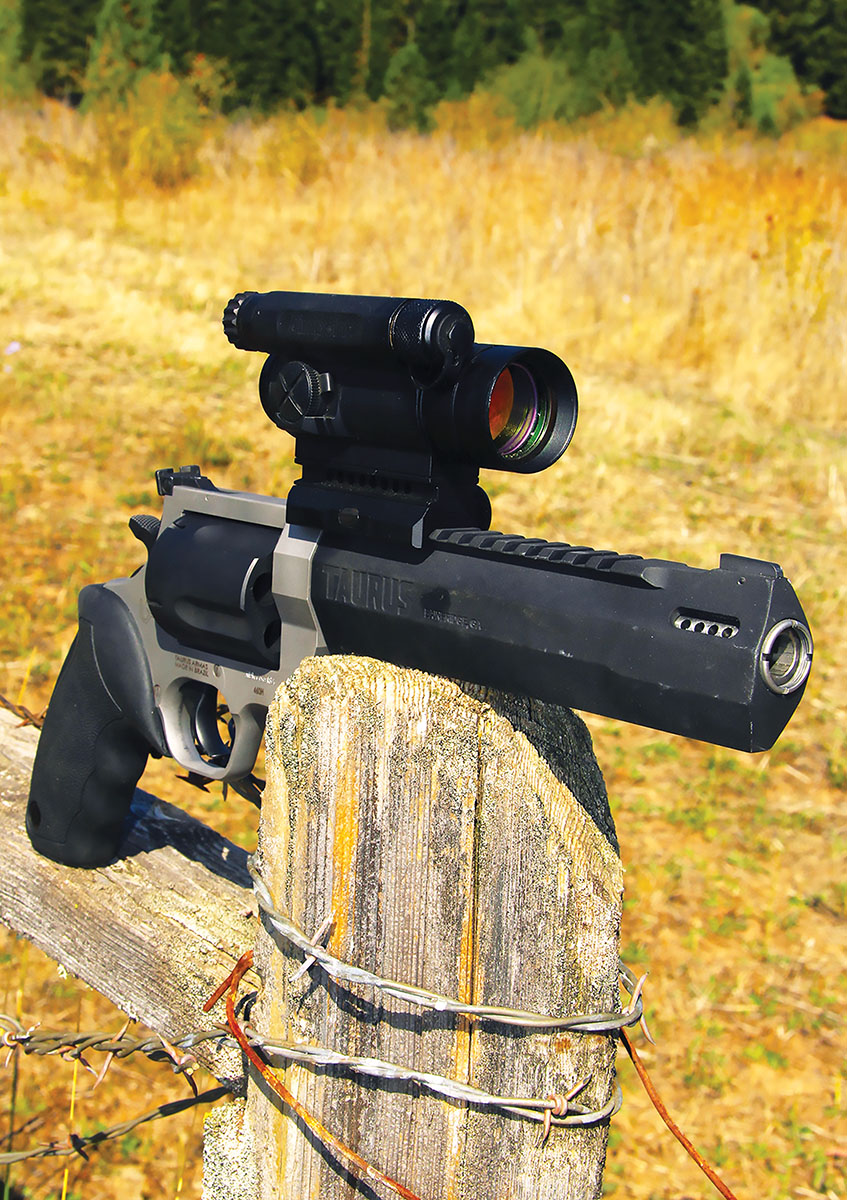
The 460 S&W is popular as backup for grizzly and brown bear hunters, though it is certainly not recommended as a primary weapon for such beasts. In the world of handgun backup, the 460 S&W makes even the 454 Casull or 480 Ruger seem puny in comparison. Only the 500 S&W is more powerful, though the flatter trajectories of the 460 give it more versatility as a hunting cartridge. Lighter 454 Casull and 45 Colt rounds can also be fired from the 460 S&W revolver, offering less obnoxious and affordable practice options.
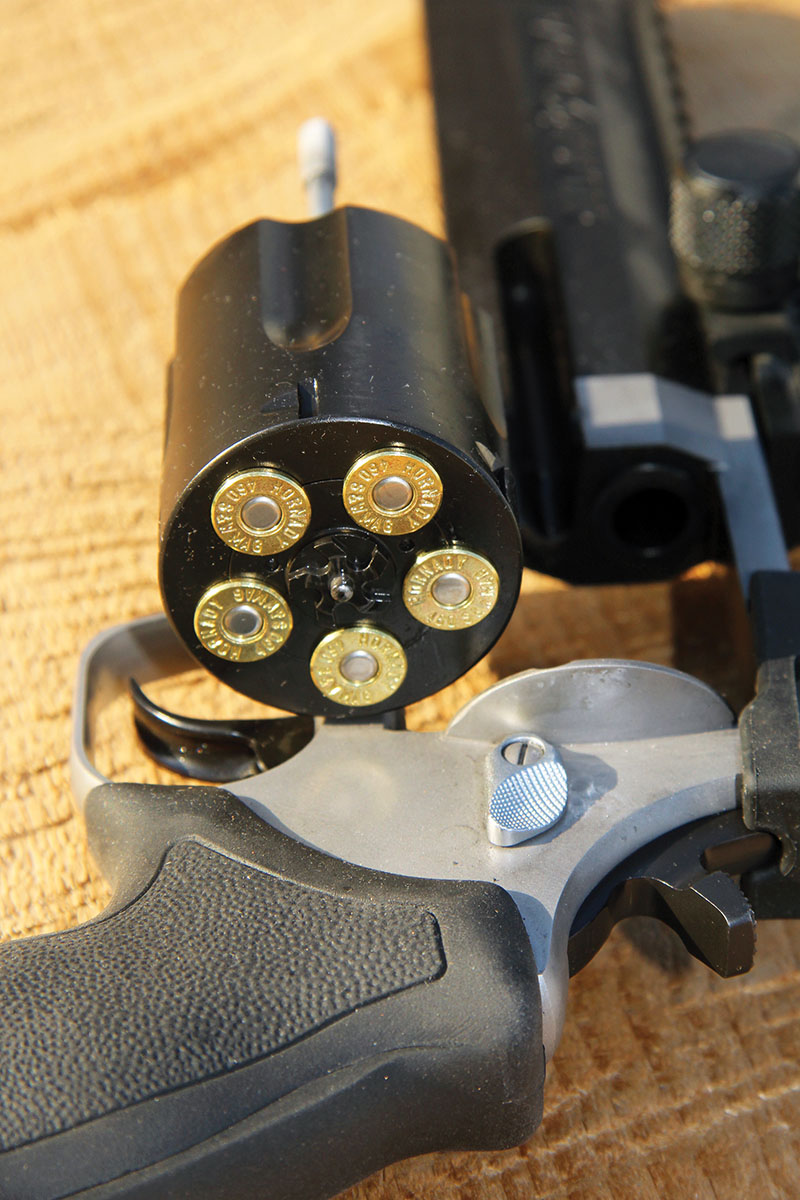
The 460 S&W feeds on substantial charges of slow- burning pistol powders and a stout roll crimp is required to promote uniform ignition and to prevent bullets from creeping out of the case under heavy recoil to tie-up the revolver cylinder. Western Powders Edition 1 and Hornady 11th Edition both used Winchester LRP (large rifle primers) – no doubt to withstand the 460’s 65,000 pounds per square inch (psi) pressure – so having a good supply of the same, I utilized those. Starline brass was used for all loads, a company that has done an excellent job of keeping up with recent component demands. The trim-to length is 1.79 inches.
The test vehicle was Taurus’ award-winning Raging Hunter 460 S&W Magnum Two Tone with a 8.37-inch barrel – a super-stout, double-lock revolver with transfer bar safety. This single/double-action revolver holds five rounds. It includes what Taurus calls an angular barrel design to shave away some carry weight, an integral Picatinny rail to accept a scope if desired, and the barrel holds factory-tuned porting and a gas expansion chamber to reduce muzzle jump. The grips include cushioned inserts for added comfort under recoil. The front sight is fixed and the rear adjustable for elevation and windage, but I added a Swedish-made Aimpoint red dot in the interests of greater precision. The overall dimensions were 15 inches long, 6.50 inches high and 1.80 inches wide. The revolver weighed 3.56 pounds unloaded and without optic, and the 8.37-inch barrel includes five-groove, 1:20 right-hand rifling. The Two Tone includes a matte stainless steel frame, alloy steel cylinder and stainless steel barrel covered with a matte black anodized aluminum shroud. The Brazilian-made handgun included a manufacturers’ suggested retail price just south of $1,100, making it a bargain when compared to similar U.S.-made 460 S&W Magnum revolvers.
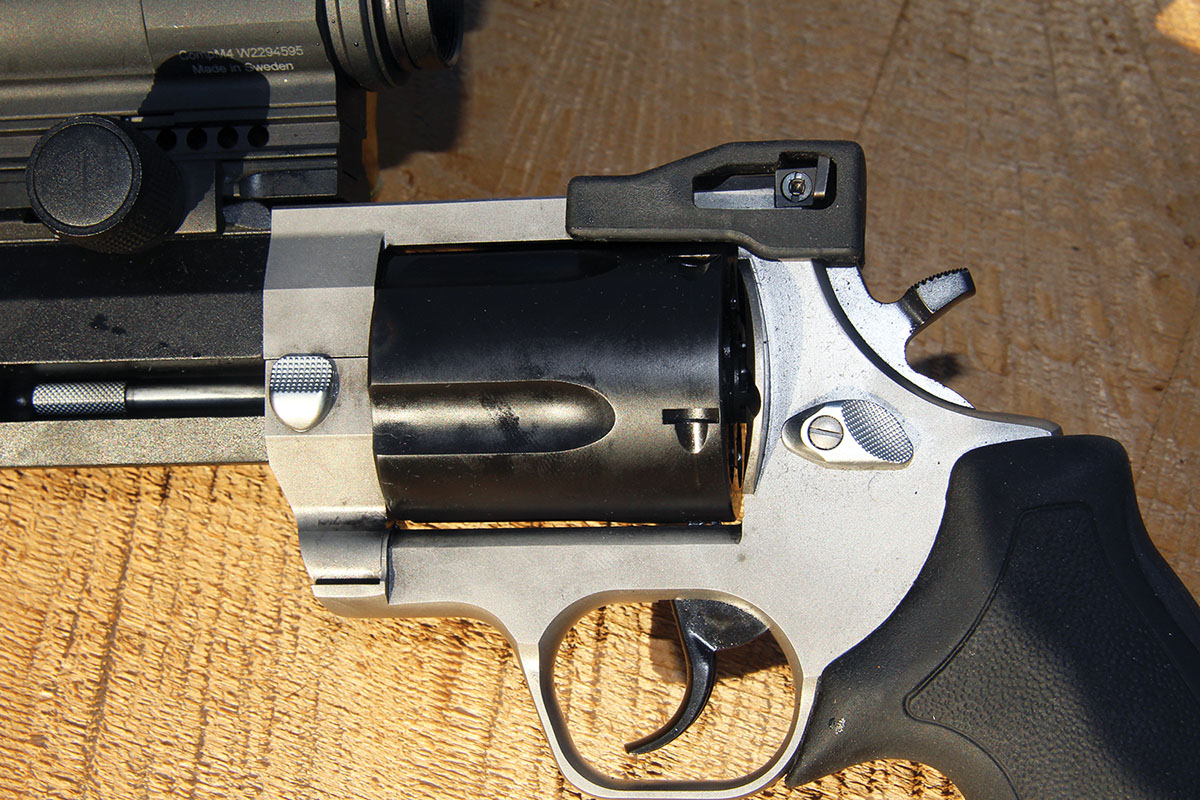
The rugged, military-grade Aimpoint optic was a CompM4 Red Dot Reflex Sight with QRP2 Mount, which I believed would stand up to the abuse sure to be dished out by the 460 S&W. This milled-aluminum optic included a 2-MOA dot with 15-position intensity, and was designed to provide 80,000 hours of constant operation with just one AA battery. The optic weighs 9.4 ounces and is submersible to 150 feet. It comes with an anti-reflection objective lens and the heavily-knurled mounting knob includes a clutch to prevent over tightening. It proved a worthy companion to the hunting revolver.
A Hornady Custom Grade Die set and Area 419 ZERO Reloading Press were used to assemble all loads. Each load was weighed on a new RCBS beam scale trickled from an RCBS trickler, and velocities were established with a LabRadar Doppler unit.
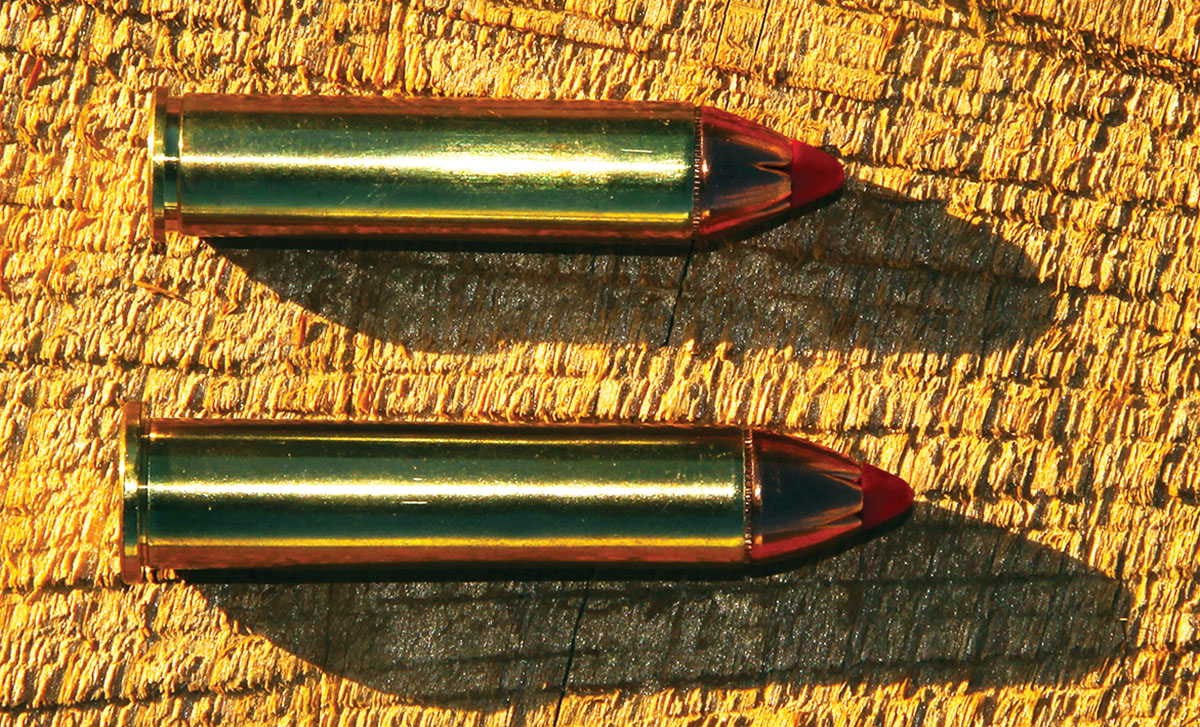
Sturdy bullets were chosen with hunting in mind, and to span the 460 S&W’s capabilities. Included were Nosler’s 230-grain ASP, Cutting Edge Bullets’ 240-grain Handgun Raptor, Speer’s 250-grain DeepCurl, Swift Bullet Company’s 265-grain A-Frame and Hornady’s 300-grain XTP MAG. Powders ranged from Alliant Blue Dot and Ramshot Enforcer pistol powders at the fast end, to Accurate 1680 and Hodgdon CFE BLK at the slower end.
When I signed up for this project, I owned two good hands and the confidence to control the 460’s stout recoil. Nearly a year-and-a-half were required to gather up a handgun and reloading components, and in the interim, my left hand suffered a serious injury, which left it with little gripping power. This prompted me to recruit Richard Chapin, a range officer at the Lewis-Clark Wildlife Club near Lapwai, Idaho, where we would also conduct the shooting. Richard owns a Smith & Wesson X-Frame 460 Magnum, so is accustomed to shooting the powerful cartridge.
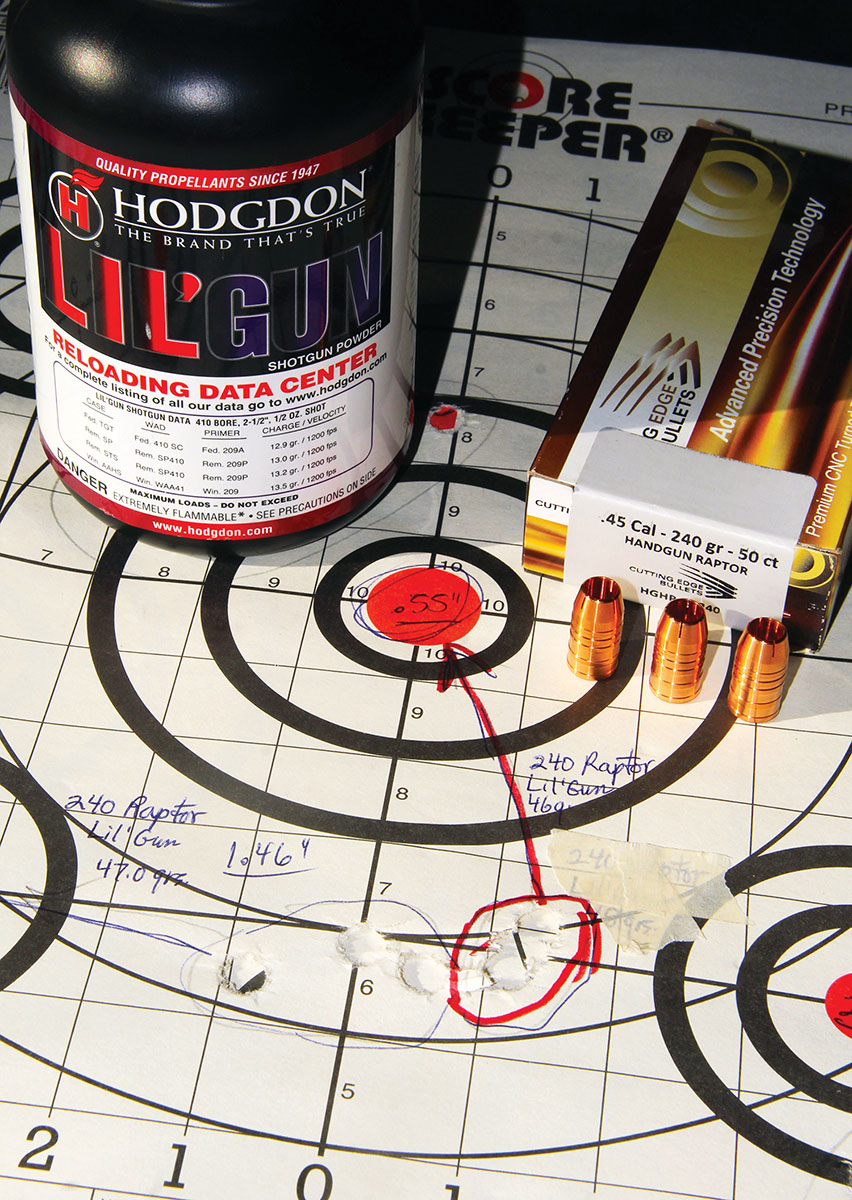
Nosler’s 230-grain ASP (Assured Stopping Power) is a .451-inch bullet and was added as an experiment in how that diameter bullet would function in the 460 S&W chamber. This design includes a skived and tapered jacket to provide reliable controlled expansion for hunting. The hollowpoint design provides consistent terminal performance and accuracy. From this cartridge, I see it as suited to light-framed deer or average hogs shot at tree stand ranges, producing maximum energy dump and drop-right-there terminal performance. The 230-grain bullet was combined with Winchester 296, IMR-4227, and Accurate 4100. The .451-inch diameter certainly caused no issues, in fact, these bullets produced some entirely decent groups. Winchester 296 fared worst, producing groups nearing 3 inches. IMR-4227 improved things immediately, with groups from 1.30 to 1.47 inches, that 1.30-inch group best involving 40 grains of powder and 1,648 fps velocities. Accurate 4100 produced both the best group averages and top velocities, making it the clear winner with this bullet. The 1.29-inch best group was the result of 43.5 grains of powder sent at 1,859 fps, though the absolute maximum load produced a 1.44-inch group at 2,042 fps using 45.5 grains of powder.
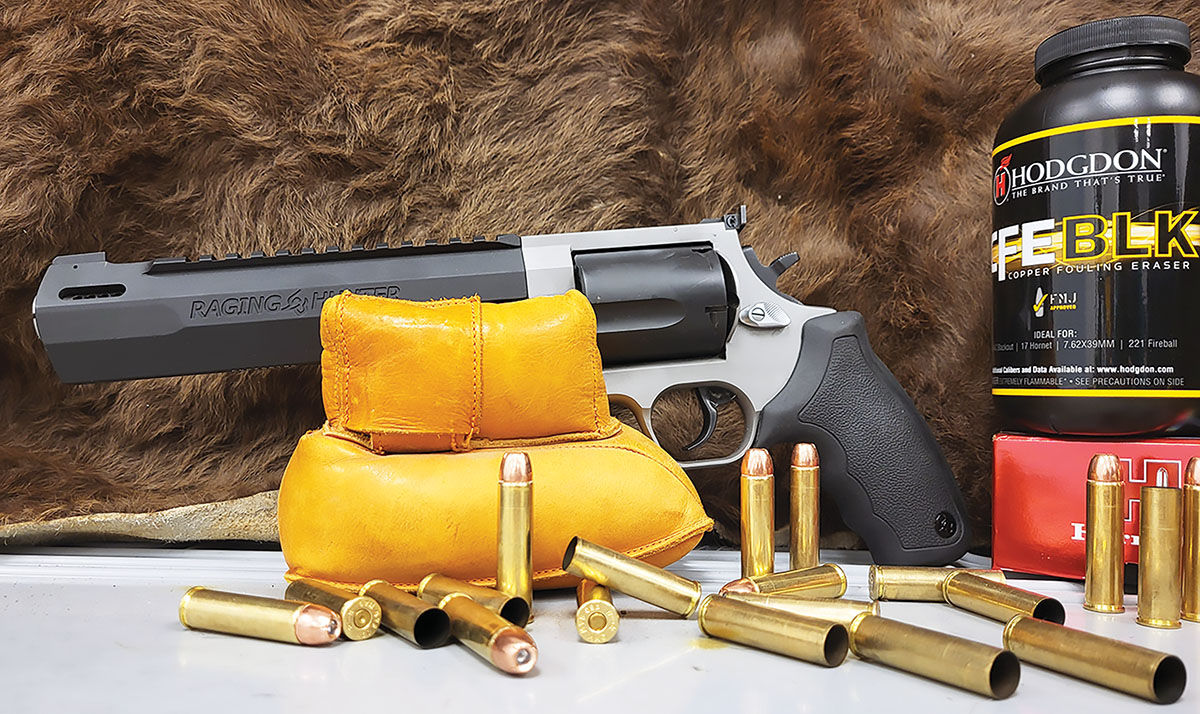
Cutting Edge’s 240-grain Handgun Raptor is meant for handguns with .4515-inch bore diameters, a proprietary SealTite band also making it compatible with the .452-inch bore. The company recommends it not be used in the 45 Auto. Cutting Edge promotes the monolithic copper hollowpoint as a hunting option, the bullet penetrating 1½ to 2 inches before shearing off four blades that radiate outward to reap vital devastation, the “Blunt Trauma Base” typically penetrated 14 to 16 inches in ballistic gelatin. Again, I see this as a deer or hog bullet delivered at ranges inside 100 yards, though admittedly I could be selling this bullet short. It was paired with Vihtavuori N110, Hodgdon Lil’Gun and Ramshot Enforcer. This constituted poor planning on my part, as these are powders with high bulk densities that caused some seating issues with the long-for-weight mono-copper slug. Charges were reduced accordingly, but maximum loads still showed pressure signs, so they should not be exceeded. Vihtavuori N110 was not overly impressive with this bullet, and could be easily dropped. Ramshot Enforcer – which caused the greatest seating difficulties – started well with a 1.53-inch group at 1,986 fps using 44.5 grains of powder, but groups opened conspicuously as more powder was added. Hodgdon Lil’Gun proved the clear winner, producing the smallest group of the entire test, .55 inch at 1,933 fps with 46 grains of powder, and a 1.46-inch group at 2,000 fps using 47 grains. These powders would no doubt pair better with a shorter lead-core bullet that would eliminate the severely-compressed loads.
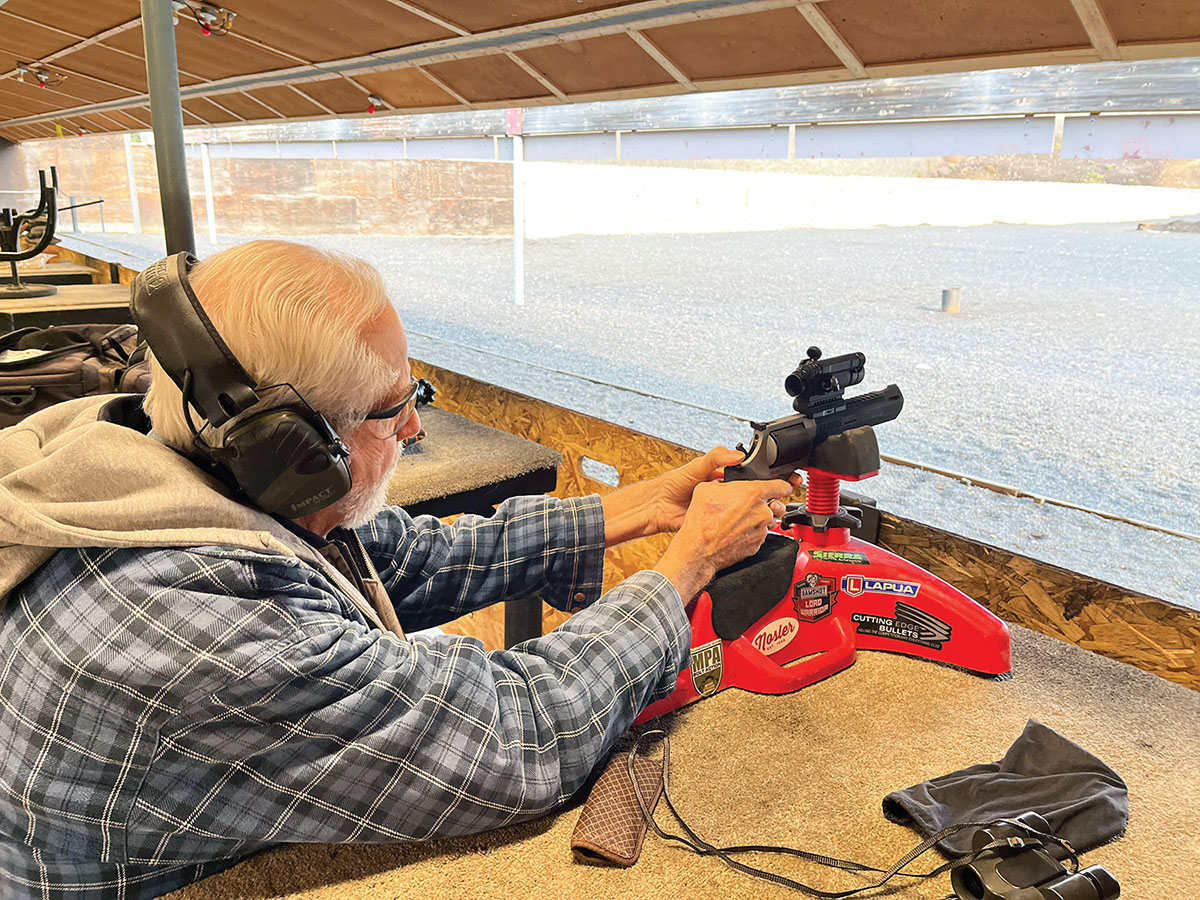
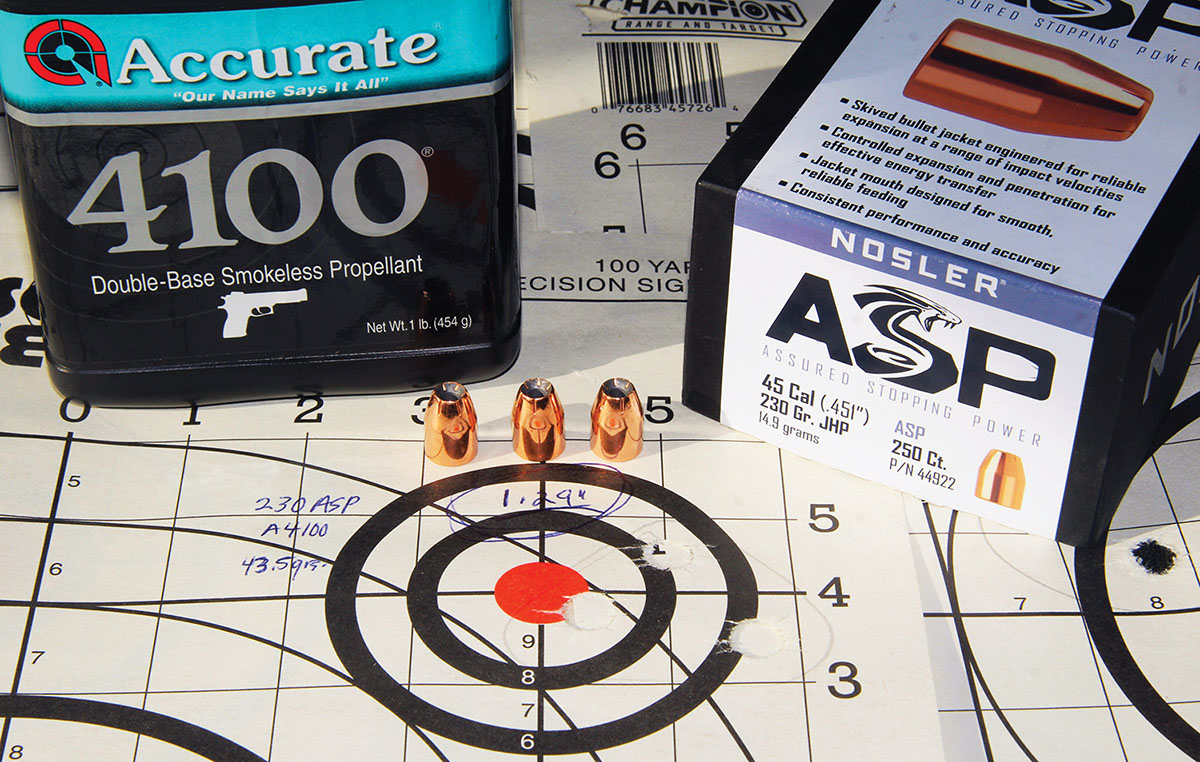
The Speer 250-grain DeepCurl gets us into serious big-game territory. This is a .452-inch diameter, lead-core hollowpoint holding an electrochemically bonded jacket (like the renowned Speer Gold Dot) and cannelure. This solid construction combined with pre-formed petals provide a reliable and consistent controlled-expansion design that ensures high weight retention and deep penetration on heavy-bodied game. It includes a .175 sectional density. Hodgdon 110, Accurate 1680 and Alliant 2400 were chosen for this bullet. Alliant 2400, unsurprisingly, built pressure quickly so that my initial maximum load was deleted. As it was, 30 grains proved an absolute maximum, and no decent groups resulted. Accurate 1680 provided some good groups, but velocity was so disappointing – 1,409 to 1,474 fps using 44 to 46 grains of powder – as to be easily dismissed. That leaves Hodgdon 110, which did provide a 1.59-inch group at 1,825 fps, making it an easy choice.
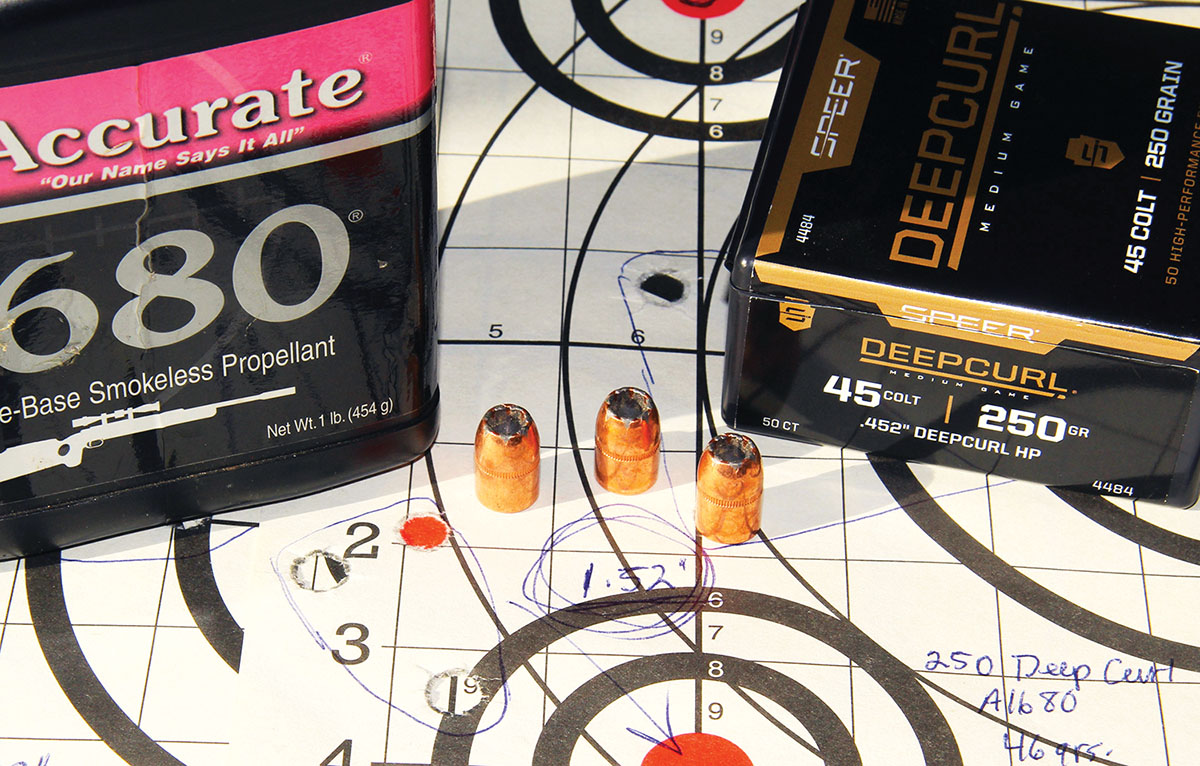
Swift’s 265-grain A-Frame handgun bullet is a .452-inch diameter bullet made for the most demanding targets. The A-Frame reliably expands to 1.65 times its original diameter at velocities as low as 850 fps, while maintaining up to 97 percent of its starting weight at velocities in excess of 3,000 fps. This makes it one of the most reliable high-performance handgun bullets for large, big game, particularly when bone is encountered. A cannelure is provided and proved useful. Accurate 4100, Vihtavuori N110 and Accurate No. 9 were auditioned. The Taurus really struggled with this bullet. Accurate 4100 managed only 2 inches using 39.5 grains of powder and sent at 1,774 fps, Accurate No. 9’s best effort 2.26 inches using an absolute maximum load of 34.5 grains of powder at a velocity of 1,850 fps. Vihtavuori’s N110 produced the best group with this bullet, which was 1.99 inches at 1,743 fps. Some other powders must obviously be auditioned to get the best from this fine hunting bullet, though recoil fatigue could certainly have been a factor at this point in testing.
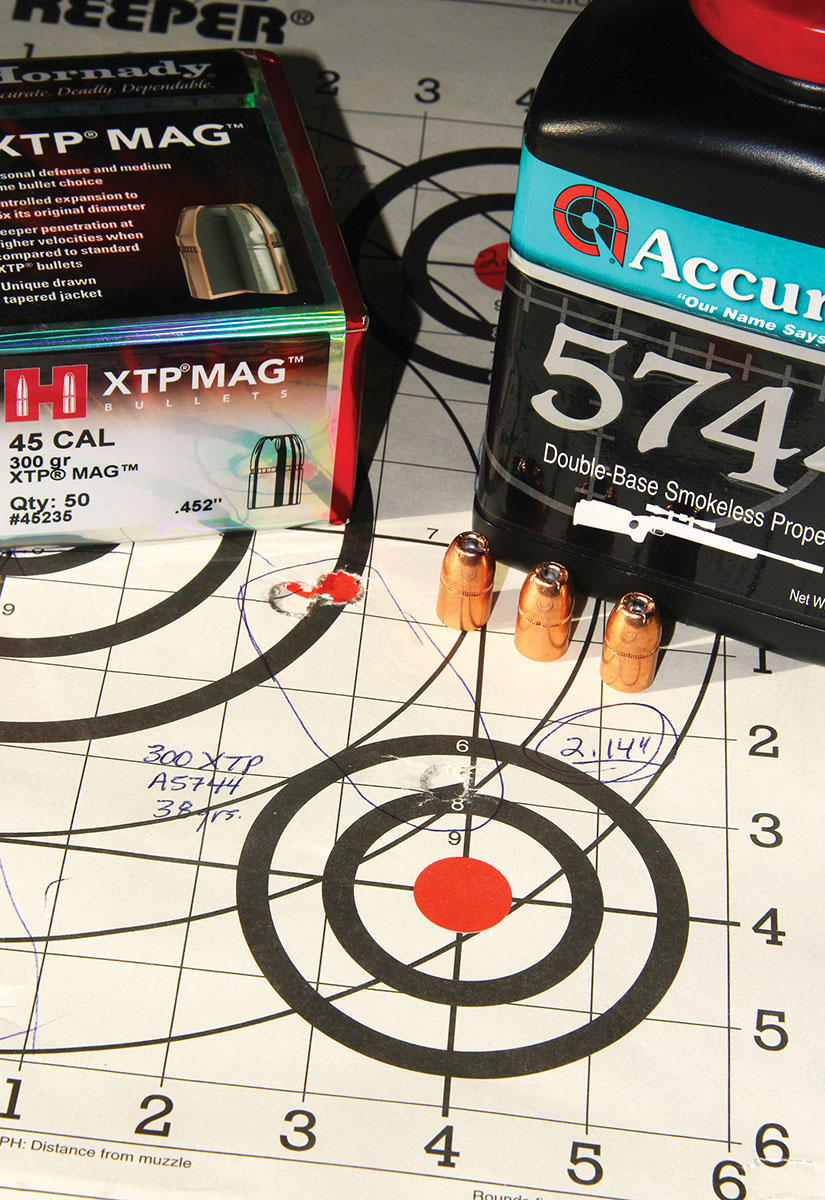
Finally, Hornady’s 300-grain XTP MAG, with its .210 sectional density, provides heavier construction to withstand higher velocities and penetrate deeper, while maintaining the accuracy and controlled expansion characteristics of the original. Strategically-placed serrations in the protected hollowpoint ensure neat mushrooming, and expansion at lower velocities experienced at longer ranges. The mechanically bonded core and drawn gilding metal jacket promise exceptional reliability. The cannelure promotes consistent crimping. Hodgdon CFE BLK, Accurate 1680 and 5744 were matched with this bullet. No single 300-grain load shot less than 2 inches, making me believe recoil fatigue had truly entered the equation. Hodgdon CFE BLK came closest, producing a 2.16-inch group at 1,665 fps using 48.5 grains of powder. Accurate 1680 did best with 44 grains of powder – 2.37 inches – but again with pokey velocities. Accurate 5744 produced the smallest group with this bullet, 2.14 inches at 1,567 fps using an absolute maximum of 38 grains of powder.
In the context of extensive load development while locked over a bench, the 460 S&W isn’t especially enjoyable to shoot. But it does provide the kind of flat trajectories and energy delivery that make it an unsurpassed big-game handgun round, wrapped inside a package that is easy to carry and capable of fine accuracy.
.jpg)


